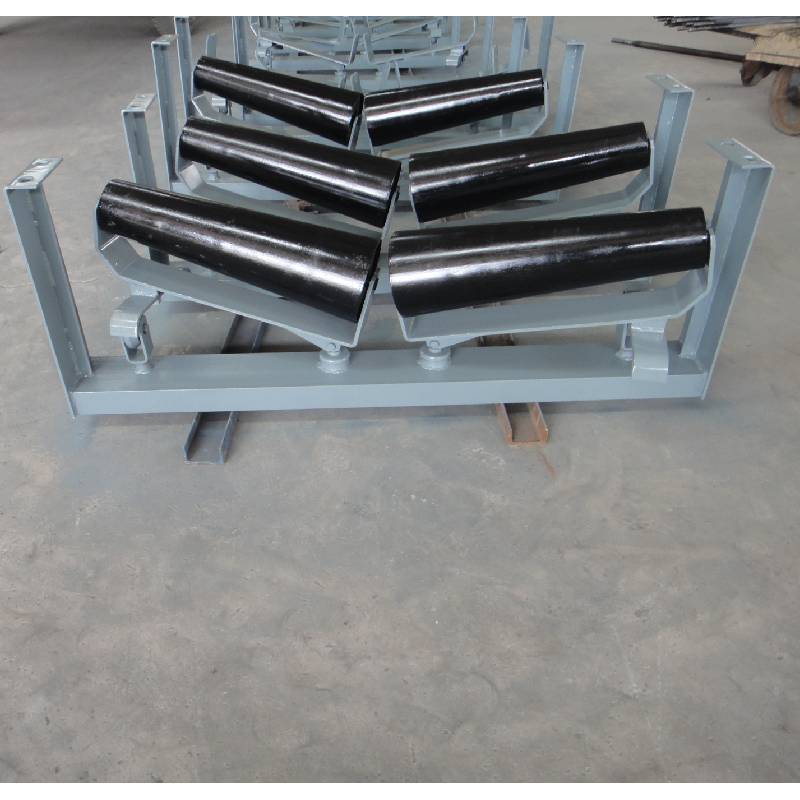 Afrikaans
Afrikaans  Albanian
Albanian  Amharic
Amharic  Arabic
Arabic  Armenian
Armenian  Azerbaijani
Azerbaijani  Basque
Basque  Belarusian
Belarusian  Bengali
Bengali  Bosnian
Bosnian  Bulgarian
Bulgarian  Catalan
Catalan  Cebuano
Cebuano  Corsican
Corsican  Croatian
Croatian  Czech
Czech  Danish
Danish  Dutch
Dutch  English
English  Esperanto
Esperanto  Estonian
Estonian  Finnish
Finnish  French
French  Frisian
Frisian  Galician
Galician  Georgian
Georgian  German
German  Greek
Greek  Gujarati
Gujarati  Haitian Creole
Haitian Creole  hausa
hausa  hawaiian
hawaiian  Hebrew
Hebrew  Hindi
Hindi  Miao
Miao  Hungarian
Hungarian  Icelandic
Icelandic  igbo
igbo  Indonesian
Indonesian  irish
irish  Italian
Italian  Japanese
Japanese  Javanese
Javanese  Kannada
Kannada  kazakh
kazakh  Khmer
Khmer  Rwandese
Rwandese  Korean
Korean  Kurdish
Kurdish  Kyrgyz
Kyrgyz  Lao
Lao  Latin
Latin  Latvian
Latvian  Lithuanian
Lithuanian  Luxembourgish
Luxembourgish  Macedonian
Macedonian  Malgashi
Malgashi  Malay
Malay  Malayalam
Malayalam  Maltese
Maltese  Maori
Maori  Marathi
Marathi  Mongolian
Mongolian  Myanmar
Myanmar  Nepali
Nepali  Norwegian
Norwegian  Norwegian
Norwegian  Occitan
Occitan  Pashto
Pashto  Persian
Persian  Polish
Polish  Portuguese
Portuguese  Punjabi
Punjabi  Romanian
Romanian  Russian
Russian  Samoan
Samoan  Scottish Gaelic
Scottish Gaelic  Serbian
Serbian  Sesotho
Sesotho  Shona
Shona  Sindhi
Sindhi  Sinhala
Sinhala  Slovak
Slovak  Slovenian
Slovenian  Somali
Somali  Spanish
Spanish  Sundanese
Sundanese  Swahili
Swahili  Swedish
Swedish  Tagalog
Tagalog  Tajik
Tajik  Tamil
Tamil  Tatar
Tatar  Telugu
Telugu  Thai
Thai  Turkish
Turkish  Turkmen
Turkmen  Ukrainian
Ukrainian  Urdu
Urdu  Uighur
Uighur  Uzbek
Uzbek  Vietnamese
Vietnamese  Welsh
Welsh  Bantu
Bantu  Yiddish
Yiddish  Yoruba
Yoruba  Zulu
Zulu Understanding the Functionality of Conveyor Head and Tail Pulleys in Material Handling Systems
Understanding Conveyor Head and Tail Pulleys
In the realm of bulk material handling and transportation, conveyor systems play a vital role in various industries, including mining, manufacturing, and logistics. At the heart of these systems are two crucial components the head pulley and the tail pulley. Both are essential for the effective operation of conveyor belts, influencing the overall efficiency, reliability, and longevity of these systems.
The Role of Head Pulleys
The head pulley, often located at the discharge end of a conveyor system, serves multiple functions. Primarily, it is responsible for driving the conveyor belt and ensuring that materials are transported from one point to another effectively. The head pulley is typically powered by a motor, which may be integrated directly with the pulley or connected via a belt drive system.
A well-designed head pulley helps maintain belt tension and alignment, preventing slippage and ensuring smooth material flow. Additionally, head pulleys often feature a lagging surface – a rubber or textured coating – which enhances grip and reduces wear on both the pulley and the conveyor belt. Proper maintenance of the head pulley is critical; if wear increases or alignment becomes poor, it can lead to significant downtime and costly repairs.
The Importance of Tail Pulleys
Located at the loading end of the conveyor system, the tail pulley plays a complementary role to the head pulley. Its primary function is to support the return strand of the conveyor belt while ensuring proper tracking. Unlike the head pulley, the tail pulley is usually not powered, but it is essential for maintaining tension and facilitating the smooth return of the belt to its starting position.
conveyor head and tail pulley

Tail pulleys are often designed with different configurations, including crowned shapes, which help in keeping the belt aligned. This misalignment can cause excessive wear and lead to operational inefficiencies if not properly managed. Regular inspections and maintenance of tail pulleys are equally important to prevent issues like belt misalignment and undue wear.
Synergy Between Head and Tail Pulleys
The interaction between head and tail pulleys significantly influences the overall performance of the conveyor system. A well-coordinated setup ensures that the belt operates smoothly, reduces strain on components, and enhances material handling efficiency. The tension maintained by these pulleys determines how effectively the belt can transport materials, impacting overall throughput and performance.
Appropriate maintenance schedules, including lubrication, cleaning, and inspections, are critical for both head and tail pulleys. Bearings, in particular, require regular checks to prevent overheating and failure, which can lead to costly downtime.
Conclusion
In summary, head and tail pulleys are integral components of conveyor systems that facilitate the movement of materials in various industrial applications. Their functions – driving the belt and supporting its return – are interconnected, making it essential to ensure both are well-maintained and functioning effectively. By investing in the proper care and technology for these components, industries can achieve greater operational efficiency, reduce downtime, and extend the lifecycle of their conveyor systems. Recognizing the importance of head and tail pulleys is crucial for anyone involved in the design, operation, or maintenance of conveyor systems today.
-
Revolutionizing Conveyor Reliability with Advanced Rubber Lagging PulleysNewsJul.22,2025
-
Powering Precision and Durability with Expert Manufacturers of Conveyor ComponentsNewsJul.22,2025
-
Optimizing Conveyor Systems with Advanced Conveyor AccessoriesNewsJul.22,2025
-
Maximize Conveyor Efficiency with Quality Conveyor Idler PulleysNewsJul.22,2025
-
Future-Proof Your Conveyor System with High-Performance Polyurethane RollerNewsJul.22,2025
-
Driving Efficiency Forward with Quality Idlers and RollersNewsJul.22,2025





























